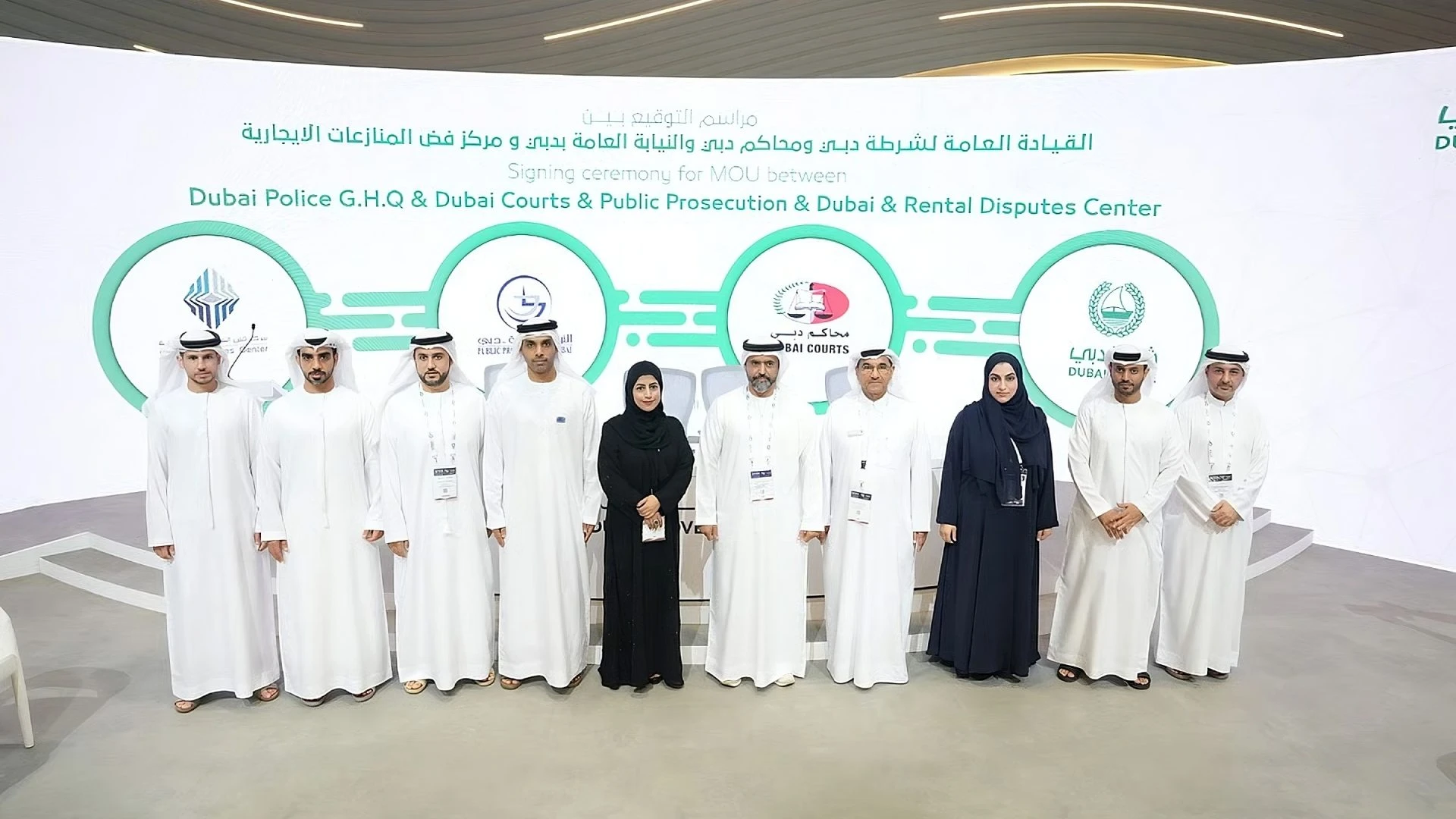Is it really necessary to have a phone that folds into a tablet?
The new Galaxy Z TriFold just dropped, and honestly, I’m not sure what to make of it. The article raises an interesting point: if you need that much screen, shouldn't you just grab a tablet instead? Seems a bit redundant, right?
I mean, I can’t help but wonder if this is just another gadget to put on a shelf, collecting dust. Sometimes, simpler is better.
Wouldn’t it be nice to just have a phone that calls and texts?
Check it out for yourself: https://www.creativebloq.com/tech/phones-tablets/the-galaxy-z-trifold-is-here-and-i-dont-know-what-to-think
#GalaxyZTriFold #TechThoughts #GadgetOverload #LessIsMore #PhoneVsTablet
The new Galaxy Z TriFold just dropped, and honestly, I’m not sure what to make of it. The article raises an interesting point: if you need that much screen, shouldn't you just grab a tablet instead? Seems a bit redundant, right?
I mean, I can’t help but wonder if this is just another gadget to put on a shelf, collecting dust. Sometimes, simpler is better.
Wouldn’t it be nice to just have a phone that calls and texts?
Check it out for yourself: https://www.creativebloq.com/tech/phones-tablets/the-galaxy-z-trifold-is-here-and-i-dont-know-what-to-think
#GalaxyZTriFold #TechThoughts #GadgetOverload #LessIsMore #PhoneVsTablet
Is it really necessary to have a phone that folds into a tablet? 🤔
The new Galaxy Z TriFold just dropped, and honestly, I’m not sure what to make of it. The article raises an interesting point: if you need that much screen, shouldn't you just grab a tablet instead? Seems a bit redundant, right?
I mean, I can’t help but wonder if this is just another gadget to put on a shelf, collecting dust. Sometimes, simpler is better.
Wouldn’t it be nice to just have a phone that calls and texts?
Check it out for yourself: https://www.creativebloq.com/tech/phones-tablets/the-galaxy-z-trifold-is-here-and-i-dont-know-what-to-think
#GalaxyZTriFold #TechThoughts #GadgetOverload #LessIsMore #PhoneVsTablet
0 Comments
·0 Shares






